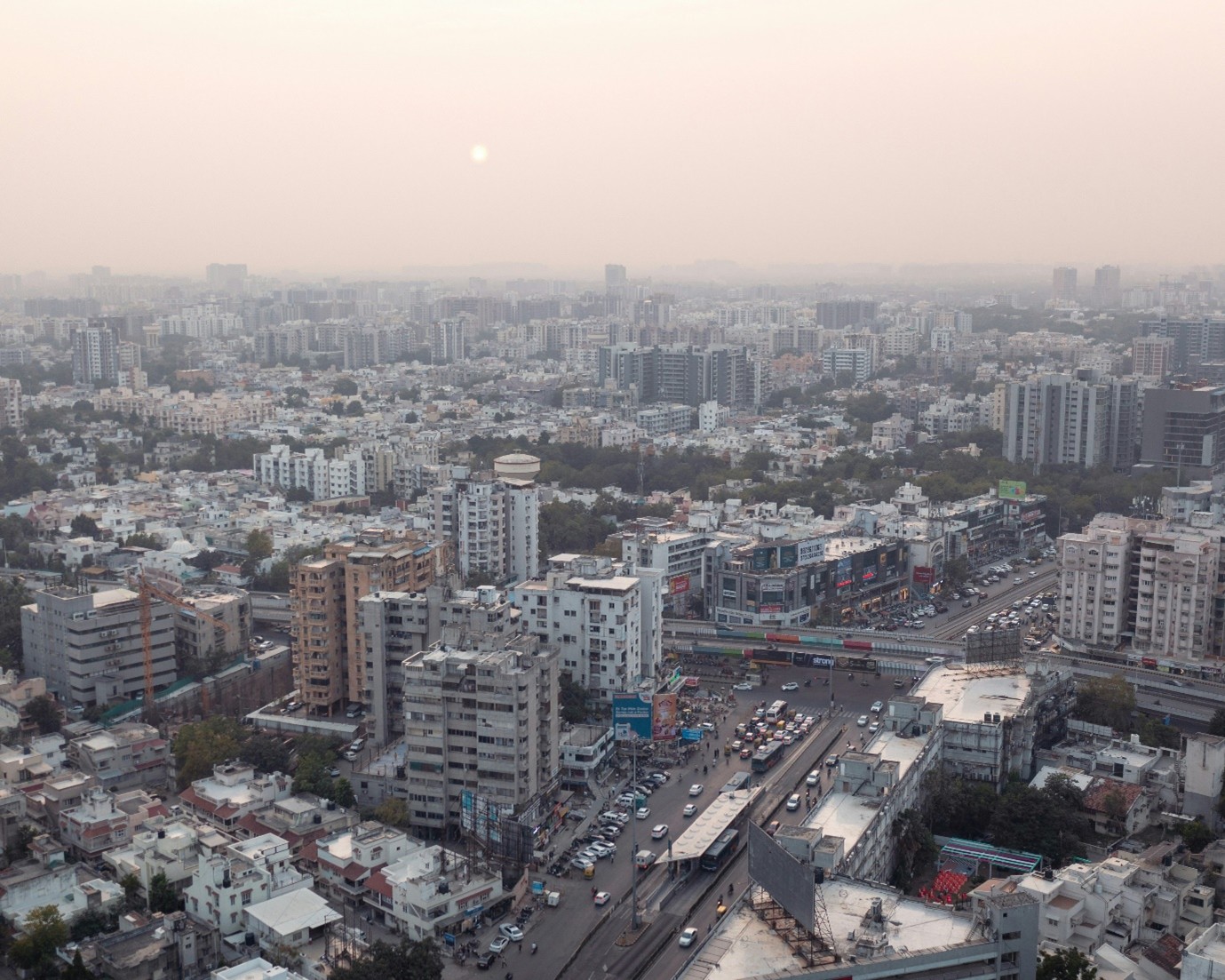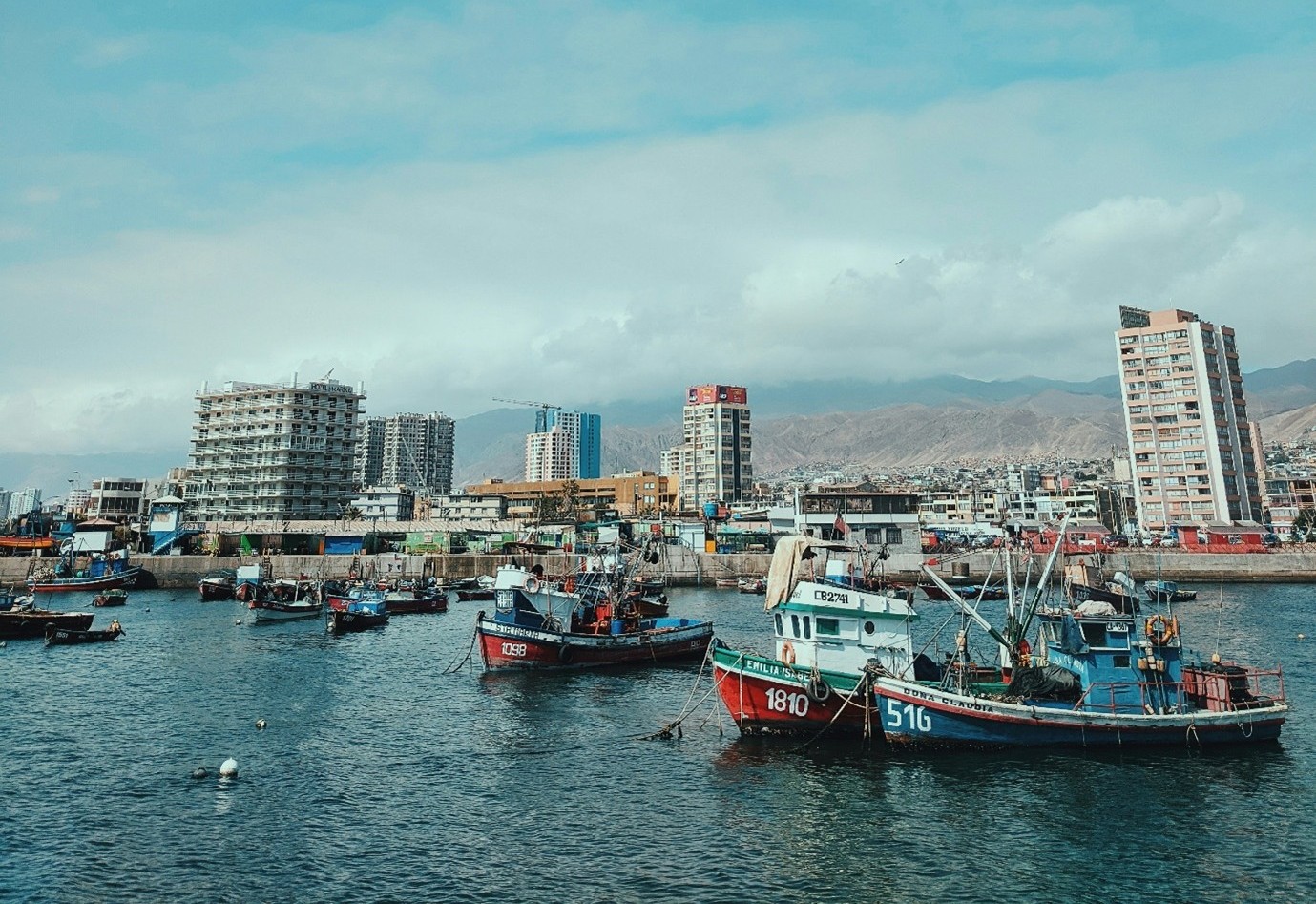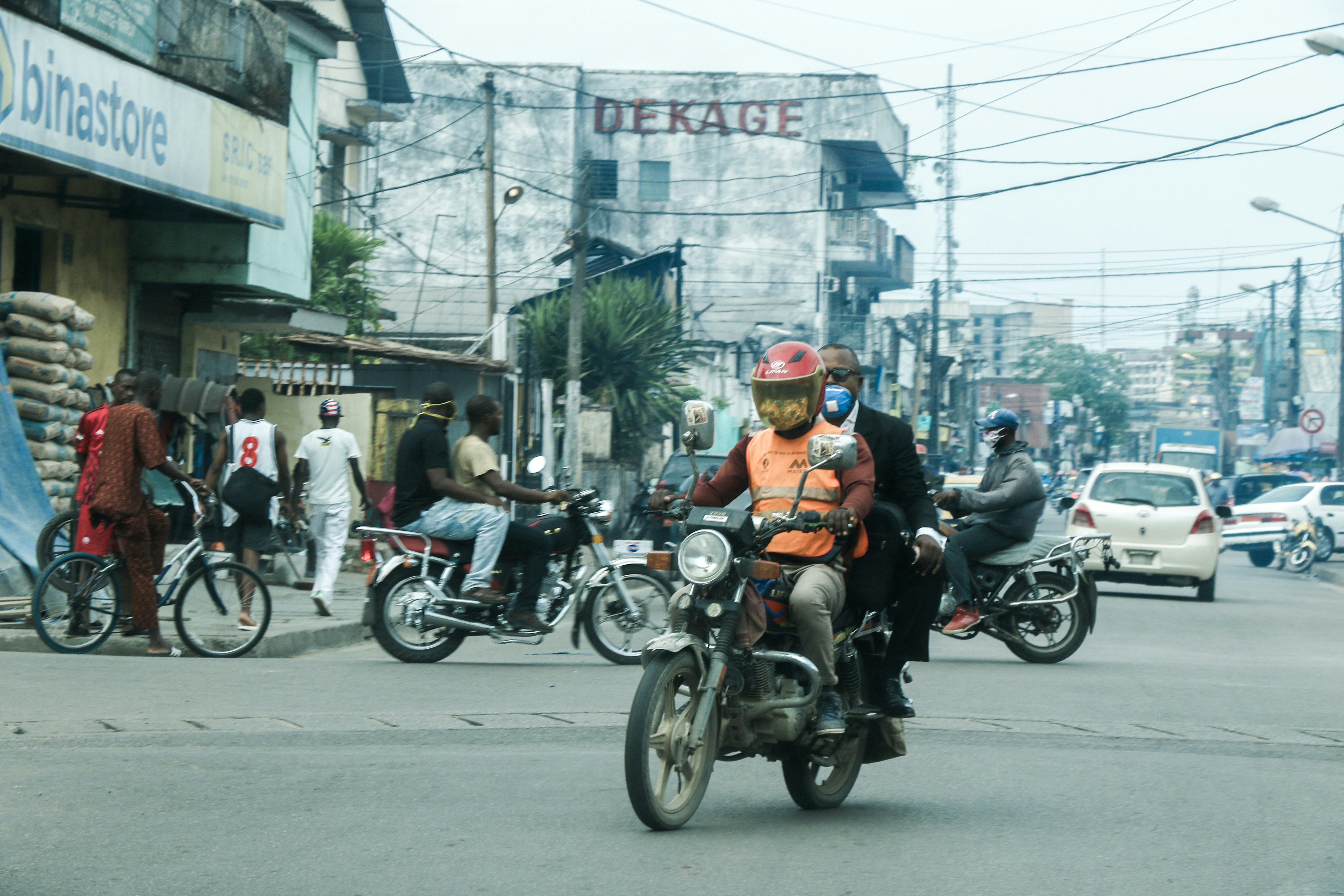Urban Logistics Measures in MobiliseYourCity SUMPs - Good practice examples from Ahmedabad, Antofagasta, and Douala

In response to the Global Gateway strategy, urban nodes along key transport corridors will have to increasingly respond to increasing freight demands, necessitating the integration of logistics management into sustainable urban mobility planning. Our analysis of the Sustainable Urban Mobility Plans (SUMPs) from key urban nodes Ahmedabad (India), Antofagasta (Chile), and Douala (Cameroon) illustrates how MobiliseYourCity members are already considering logistics in their mobility planning, providing good practice examples for other cities to replicate1.
Integrating Freight and Urban Planning in Ahmedabad, India
A key insight from Ahmedabad’s SUMP is the importance of integrating freight management with broader urban and land-use planning. In a city where heritage conservation around the old markets poses significant constraints on infrastructure expansion, and the rapid urban expansion causes conflicts between residential and commercial interests, an integrated approach to logistics is crucial. To address these challenges, Ahmedabad’s SUMP incorporates several key measures:
- Integrating Freight with Land-Use Planning: Ahmedabad is actively ensuring space for logistics operations within overall transport schemes and is developing a freight masterplan to coordinate these efforts effectively.
- Engaging stakeholders and creating a governance framework: The city is working on strengthening collaboration between logistics operators, retailers, and public authorities to ensure compliance and enhance efficiency.
- Ensuring data-driven decision-making: Recognising the importance of informed policies, Ahmedabad is investing in data collection and analyses to align freight management strategies with its long-term development goals.
Regulation and Infrastructure in Antofagasta, Chile

Antofagasta, a medium-sized city where the port is inserted in the dense urban fabric, faces challenges related to congestion, road safety, and freight movement inefficiency. The city’s SUMP outlines concrete strategies to improve freight logistics:
- Developing a logistics platform: A new logistics hub is planned to enhance intermodality, streamline the movement of goods, and reduce negative externalities linked to port activities.
- Regulating freight routes: Antofagasta aims to implement time and space regulations and restrict heavy vehicles in specific urban areas to enhance traffic flow and reduce conflicts with passenger transport.
- Enhancing last-mile connectivity: The city is designating new loading zones and integrating micro-logistics hubs to support e-commerce and local deliveries, improving efficiency in small-scale logistics.
- Using Data for Targeted Interventions: Studies – such as one showing that nearly 47% of trucks travel empty during morning hours - inform data-driven policies that optimise freight movements and reduce inefficiencies.
Rationalising port activities in Douala, Cameroon

Douala is an example of an African city with very high freight flows due to its port and location along several strategic transport corridors. The city faces significant challenges from transit traffic, which causes congestion and pollution without boosting local economic activity. Another challenge is the prolonged parking of heavy-duty vehicles transporting goods from the port to neighbouring landlocked countries. To address these issues, Douala’s SUMP proposes several key measures:
- Engaging stakeholders: Stakeholders such as retailers, shippers and hauliers, among others, will be consulted in participative workshops to discuss the implementation regulations.
- Introducing freight routes: The plan proposes designated freight corridors along primary roads to separate urban and transit freight flows, minimising congestion in the city centre.
- Enhancing infrastructure: Plans include developing logistics hubs and repurposing industrial zones into distribution centres to allow more efficient handling of goods. Moreover, last-mile solutions aim to increase the efficiency and rationalisation of freight flows related to the port.
- Formalising logistics operations: A significant proportion of goods in Douala are transported informally, often via motorbikes or taxis. The city is working towards regulating these operations to improve safety and efficiency.
- Improving parking and loading zones: The city aims to develop new heavy vehicle parking facilities and optimise loading zones to prevent prolonged truck parking in urban areas.
Towards a Sustainable Future
The cases of Ahmedabad, Antofagasta, and Douala illustrate that urban logistics can be transformed through a strategic, integrated approach. By aligning freight management with urban planning, imposing smart regulations, fostering governance structures, and establishing new infrastructure, cities can overcome challenges such as congestion, pollution, and inefficient freight flows. These measures are not isolated solutions but interdependent strategies that, when implemented together, contribute significantly to the sustainability of urban mobility.
As transport corridors and their urban nodes continue to evolve and freight demands grow, gathering data, lessons learnt, and good practice examples will be crucial to ensure a holistic approach to urban logistics—one that sees freight management as a central pillar of urban development and contributes to sustainable and just cities. With this, mobility planning will remain at the core of managing this transition.
1. The following examples only present selected examples on specific topics from the SUMPs.